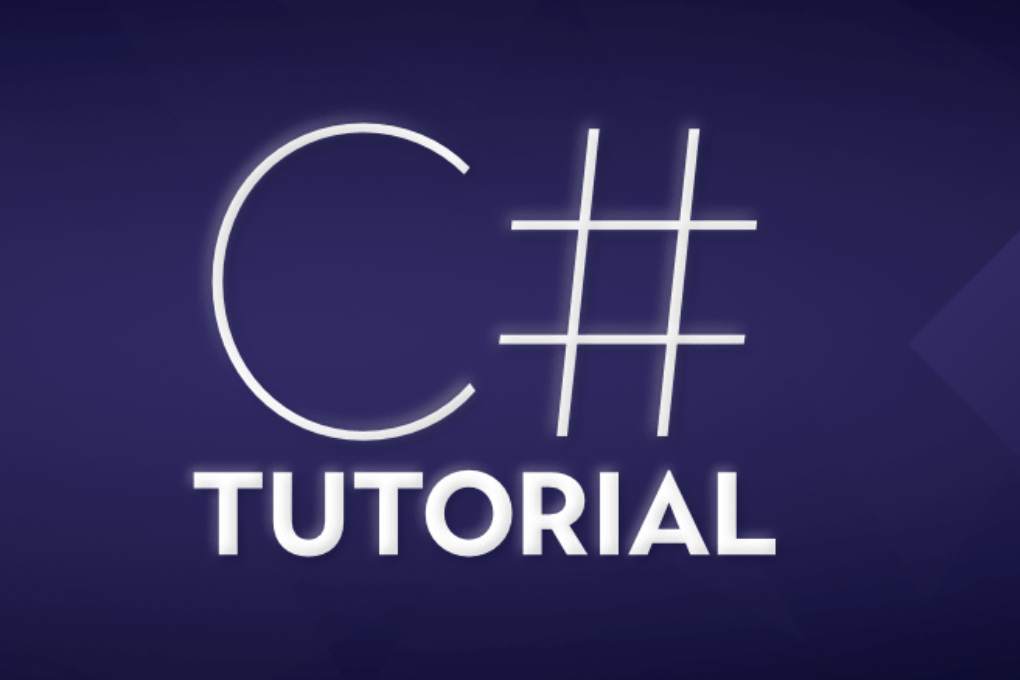Are you a budding game developer eager to bring your creative ideas to life? Ready to dive into the world of game development using C-Sharp, one of the most versatile and powerful programming languages out there? Look no further! In this blog post, we will guide you through the exciting journey of writing your first game in C-Sharp. From understanding the basics to troubleshooting common issues, we’ve got you covered every step of the way. Let’s embark on this adventure together and unleash your inner game developer!
Understanding C-Sharp and Its Uses in Game Development
Microsoft created C-Sharp, also known as C#, which is a potent programming language. It is widely used in game development due to its flexibility and efficiency. With C-Sharp, developers can create complex and sophisticated games that run smoothly on various platforms. One of the key advantages of using C-Sharp for game development is its object-oriented nature. This allows developers to organize their code into reusable components, making the development process more structured and manageable.

In addition, C-Sharp offers advanced features such as automatic memory management and type safety, which help prevent common programming errors. These features contribute to a more stable and reliable gaming experience for players.
Understanding C-Sharp opens up a world of possibilities for aspiring game developers. By mastering this language, you can unleash your creativity and bring your gaming ideas to life with precision and finesse.
The Basics of Programming in C-Sharp for Games
When diving into the world of game development using C-Sharp, understanding the basics of programming is crucial. C-Sharp, also known as C#, is a versatile and powerful language that allows developers to create engaging games for various platforms.
To get started, familiarize yourself with variables, data types, loops, and conditional statements in C#. These fundamental concepts form the building blocks of your game’s logic and functionality. Next, learn about classes and objects to organize your code efficiently.
Understanding how to handle user input through methods like Update() and FixedUpdate() is essential for creating interactive gameplay experiences. Additionally, grasp the concept of inheritance and polymorphism to enhance code reusability.
By mastering these foundational principles of programming in C-Sharp, you’ll be well-equipped to start crafting your first game with confidence.
Creating a Simple Game: Step-by-Step Guide
Are you ready to dive into the exciting world of game development with C-Sharp? Creating a simple game from scratch can be a rewarding experience, and we’re here to guide you through it step by step. Familiarize yourself with the basics of C-Sharp programming. Understand concepts like variables, loops, and functions; these are the building blocks of your game’s logic.

Next, start designing your game. Think about what type of game you want to create and sketch out its basic elements on paper or using a digital tool. Once you have a clear vision in mind, begin coding! Start by setting up your project in an integrated development environment like Visual Studio. Write code to handle user input, update game states, and render graphics on screen.
Don’t forget to test your game frequently as you progress. Debugging is a crucial part of the process; identify and fix any issues that arise along the way. As you continue refining your game, consider adding more features to enhance gameplay. Whether it’s implementing sound effects or creating challenging levels, let your creativity shine through!
With dedication and practice, you’ll soon have a fully functional C-Sharp game that showcases your newfound programming skills. So roll up those sleeves and get ready to bring your ideas to life in the world of gaming!
Debugging and Troubleshooting Common Issues
Debugging and troubleshooting are essential skills when developing games in C-Sharp. When you encounter issues, don’t panic! Take a deep breath and approach the problem systematically. One common issue is syntax errors. Double-check your code for any typos or missing semicolons.
Another frequent challenge is logic errors that cause unexpected behavior in your game. Use debugging tools like breakpoints to step through your code line by line and pinpoint where things go wrong. Remember, patience is key!
Sometimes performance issues arise, such as slow gameplay or laggy graphics. Optimize your code by reducing unnecessary computations and improving algorithm efficiency.
Don’t forget about testing; run different scenarios to ensure all aspects of your game work smoothly together. And always keep learning from each bug you squash; it’s all part of becoming a better game developer!
Tips for Taking Your C-Sharp Game to the Next Level
After following these steps and mastering the basics of C-Sharp game development, you are now equipped to take your skills to the next level. Remember that practice makes perfect, so keep experimenting with new ideas and features in your games. Join online communities and forums to connect with other game developers for inspiration and feedback.
Continuously enhance your knowledge by exploring advanced C-Sharp concepts like object-oriented programming, design patterns, and optimization techniques. Utilize libraries and frameworks such as Unity or MonoGame to streamline your development process and create more complex games.
Stay persistent in debugging issues that arise during development, as this will sharpen your problem-solving abilities. And most importantly, have fun throughout the journey of creating your games in C-Sharp. The possibilities are endless, so let your creativity soar as you embark on this exciting venture into game development.
Discover helpful tips for maximizing your child’s education in “The Smart Kid’s Guide to a Great Education“. Learn strategies to empower your child’s learning and help them reach their full potential.



